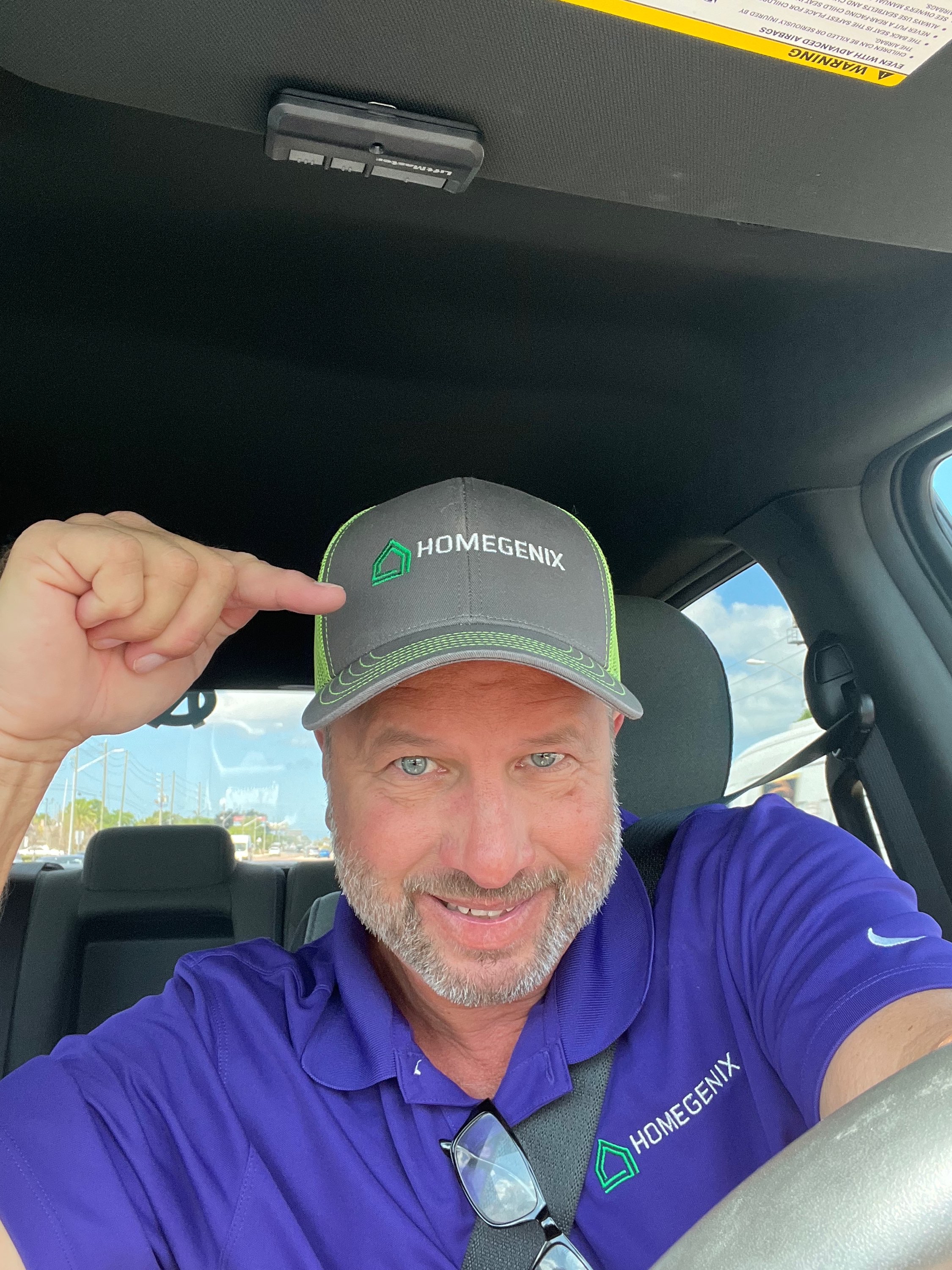Uncovering the Silent Threat: The Unseen Perils Lurking in Poorly Ventilated Roofs
- David Lee
- Dec 27, 2024
- 3 min read
Updated: Dec 1
Many homeowners underestimate the importance of roof ventilation. It may look harmless, but poorly ventilated roofs carry significant risks. Homeowners, builders, and property managers need to understand these hidden dangers. This post will raise awareness about the importance of proper roof ventilation and provide actionable insights.
Understanding Roof Ventilation
Roof ventilation plays a crucial role in maintaining a healthy roofing system. It allows air to move through the attic, helping warm, moist air escape while letting in cooler, drier air. This flow helps prevent issues stemming from high moisture and temperature swings.
In fact, homes without adequate ventilation can face serious problems. Estimates suggest that improper ventilation can increase energy costs by up to 30%. Furthermore, these issues can lead to more severe consequences like mold or structural damage.
The Impact of Moisture
Moisture accumulation is one of the most critical dangers linked to poorly ventilated roofs. Warm air from living spaces can rise into the attic, causing condensation. This moisture can lead to mold and mildew, both of which can harm indoor air quality and residents’ health.
Mold growth has been linked to respiratory issues. For instance, people with asthma or other respiratory conditions may experience worse symptoms in mold-infested homes. Moreover, the financial impact can be staggering. The average cost to remove mold can range from $500 to $6,000, depending on the extent of the damage.
Structural Integrity at Risk
A poorly ventilated roof can seriously compromise a home's structural integrity. Prolonged moisture exposure can weaken wooden rafters and sheathing, leading to wood rot. According to the National Association of Home Builders, replacing damaged rafters can cost homeowners anywhere from $1,500 to $3,000, depending on the severity of damage.
Moreover, moisture creates a favorable environment for pests. Termites and other wood-eating insects thrive in damp conditions. Homes with moisture problems face a nearly 30% higher risk of infestation compared to those with proper ventilation.
Energy Efficiency and Increased Costs
Inadequate ventilation does more than threaten structural stability—it can hit homeowners' pocketbooks hard. Poorly ventilated roofs create challenges for heating and cooling systems, forcing them to operate less efficiently. This inefficiency can cause energy bills to rise significantly, often by 20% or more.
Proper ventilation ensures a more consistent indoor temperature, leading to better energy efficiency and lower utility bills. Considering that heating and cooling often account for 40% of a home's energy budget, the importance of ventilation is clear.
Signs of Poor Ventilation
Recognizing the signs of poor roof ventilation is key for homeowners and building managers. Common indicators include:
Increased energy bills: Noticeable spikes in energy costs may signal inefficient heating or cooling.
Ice dams in winter: Ice forming in gutters can indicate trapped heat, suggesting poor airflow.
Unpleasant odors: Musty smells are often a sign of mold and moisture build-up.
Mold growth: Visible mold in the attic highlights serious moisture issues.
Warping or discoloration: Stained wood or warped materials can signify moisture problems that need immediate attention.
Timely recognition of these signs can save homeowners from costly repairs down the line.
Proactive Solutions
Addressing the risks of poorly ventilated roofs is essential for creating a safe home. Here are some effective solutions:
Installing roof vents: Properly placed roof vents can significantly improve airflow and stabilize attic temperatures.
Checking insulation: Adequate insulation helps prevent warm air from escaping into the attic, maintaining a balanced environment.
Regular inspections: Conducting routine checks for moisture, mold, and pest signs helps catch issues early.
Professional consultation: Engaging roofing experts can yield customized recommendations to fit a homeowner's unique situation.
Ensuring Proper Maintenance
Regular maintenance is vital for keeping roofs well-ventilated. Homeowners should set up a routine to inspect their roofs and ventilation systems.
Clearing any debris from vents will help ensure they function properly. Regular cleaning prevents blockages that could trap moisture and create hidden problems.
Taking Action for a Safe Home
In summary, poorly ventilated roofs come with serious hidden risks. These include moisture build-up, risks to structural integrity, energy inefficiencies, health concerns, and expensive repairs. Understanding these dangers empowers homeowners and property managers to prioritize proper roof ventilation.
By implementing proactive solutions, conducting regular maintenance, and carrying out inspections, homeowners can significantly reduce the risks associated with inadequate ventilation. Taking these steps will help protect their investments and maintain a safe, healthy home for their families. The threat of poor ventilation may be silent, but it warrants immediate attention.









Comments